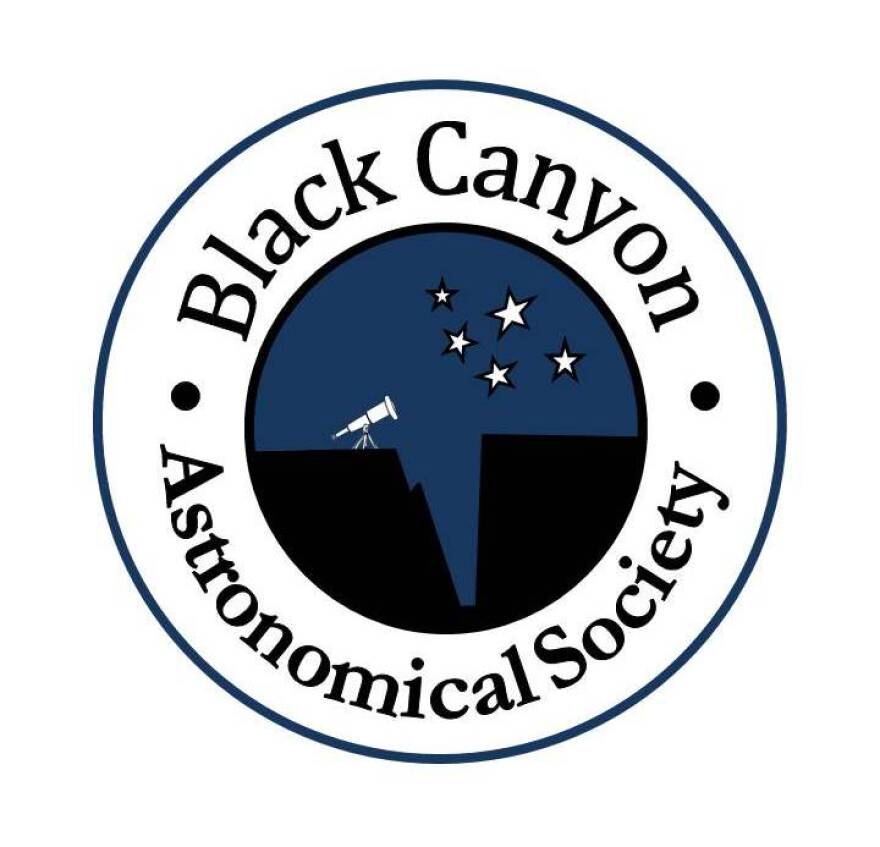What’s that brilliant star in the west after sunset? That “star” is actually not a star, but Venus, Earth’s Sister Planet. After hiding in the Sun’s glare for most of winter and early spring, Venus emerged as a brilliant evening “star” last May. Now, as twilight fades, Venus dazzles us in the west.
Venus orbits closer to the Sun than does Earth, and its surface is extremely hot, around 850° F. This high temperature is caused intense solar heating and a run-away greenhouse effect from a thick, CO2-rich atmosphere. Venus’ cloudy atmosphere makes the planet highly reflective and bright.
At about 8:25 PM MDT on August 20, Venus appears about 12 degrees above our western horizon. That angular distance is slightly wider than your fist, when held at arms’ length. If your western horizon is unobstructed, use binoculars to spot fainter Mercury near the horizon, about 20 degrees below and far to the right of Venus. On August 20, Venus shines 27 times brighter than Mercury. Venus will remain visible in the evenings for many months, but Mercury will disappear into the Sun’s glare within weeks.
From late June through September, night-by-night, Venus appears a bit higher in our western sky at dusk, as its apparent separation from the Sun increases. At the end of May, Venus’ disk, as seen through telescopes, was almost fully illuminated. But Venus’ phase is now gibbous and waning. Venus reaches its greatest angular separation east from the Sun on October 29. At that time, we’ll see Venus’ disk about half illuminated by the Sun. During November, Venus will wane further to a brilliant crescent, and by late-December Venus will descend into southwestern evening twilight. Although waning, this crescent will appear larger, week-by-week, as Venus gets closer to Earth. You may even resolve Venus’ crescent with binoculars during mid to late December, just before Venus disappears from the evening sky in earliest January. But, please do your Venus spotting when the Sun is below the horizon, because even accidentally glancing at the Sun can damage your eyesight. Venus will pass nearly between us and the Sun on January 9, 2022, when our Sister Planet will be only 25 million miles from Earth. Venus will reappear as a “morning star” in late January.

Western Slope Skies is produced by the Black Canyon Astronomical Society. This episode was written and recorded by Art Trevena.


